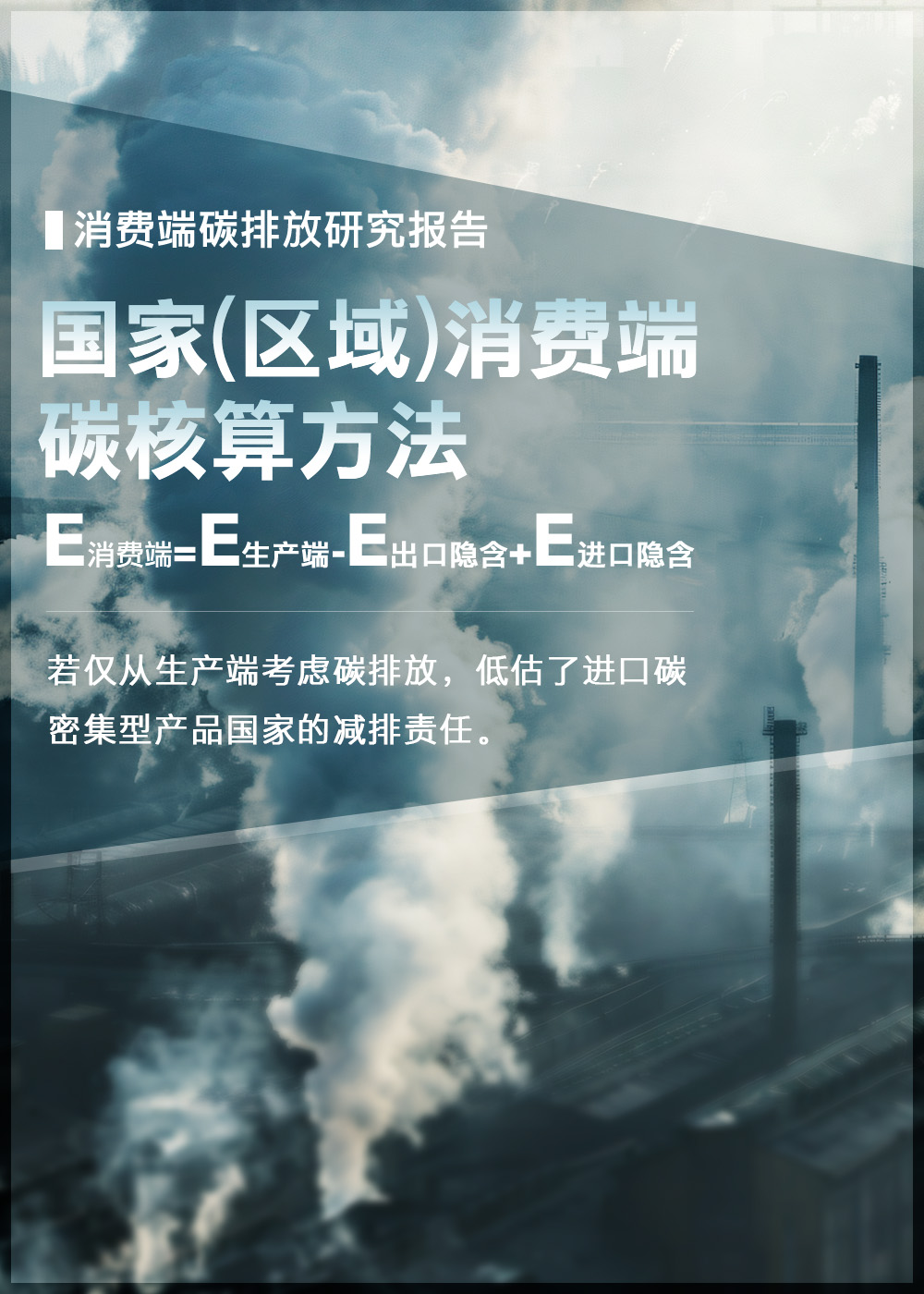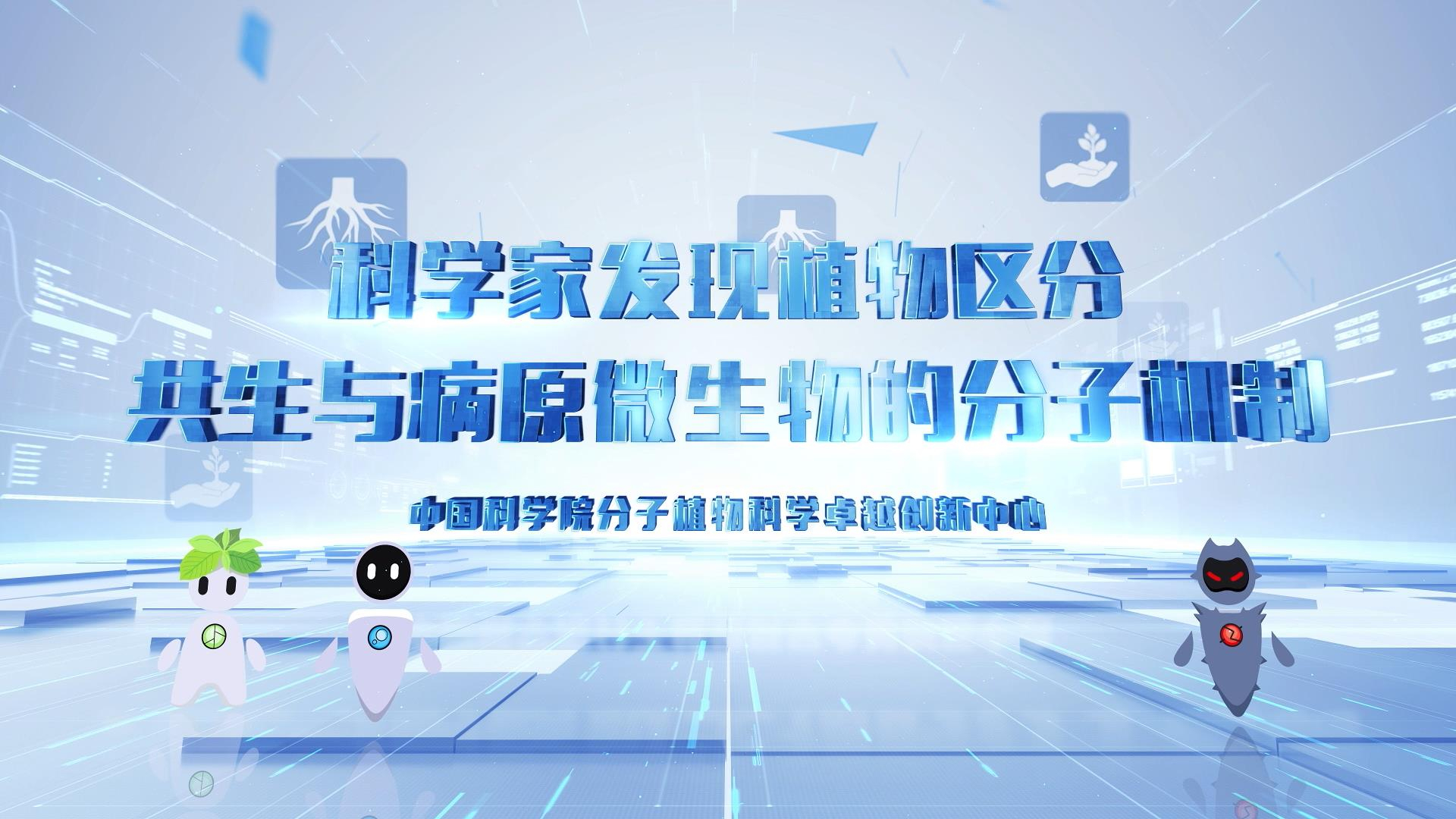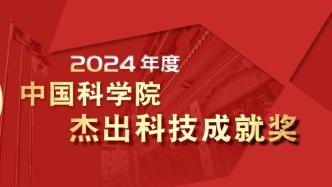

"Common but differentiated responsibilities" is one of the key words in the United Nations Framework Convention on Climate Change and climate change negotiations.
This is especially true when it comes to carbon emissions reduction.
The realization of global carbon reduction goals requires all countries to work together. However, in order to better practice fairness and justice, the carbon emission responsibilities of producers and consumers should be clearly defined.
Focusing on the carbon emissions caused by consumption behavior, on May 29, the Chinese Academy of Sciences released the "Research Report on Carbon Emissions from the Consumer End (2024)" (hereinafter referred to as the "Research Report").
The research report evaluates the carbon emission dynamics caused by different consumer entities such as major developed countries and major developing countries, depicts the carbon footprint in economic activities, and provides scientific support for global emission reduction and climate change governance.
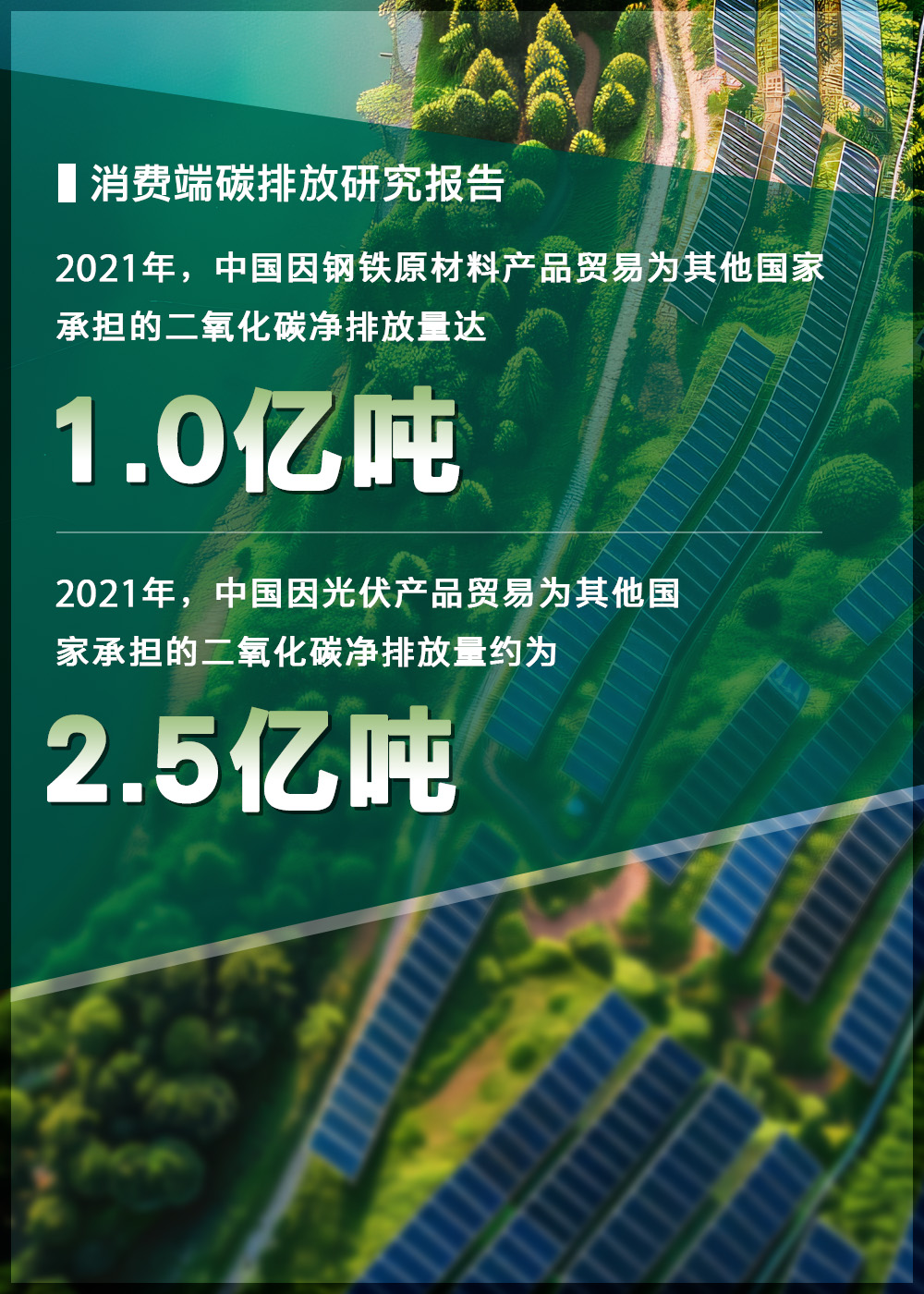
Relevant experts called for coordinating the production and consumption ends, building a more scientific and reasonable accounting system, and allocating global carbon reduction responsibilities more scientifically.
The research report points out that between 1990 and 2019, carbon emissions from consumption in major developed countries were generally higher than those from production, while the opposite was true in major developing countries.
China is providing more green and low-carbon products to the world. Between 1990 and 2019, the implicit carbon intensity of China's export trade decreased by 83.3%.
In 2021, China's net carbon dioxide emissions for other countries due to trade in steel raw materials products reached 100 million tons, and its net carbon dioxide emissions for other countries due to trade in photovoltaic products reached 250 million tons.
China's carbon emissions from the consumption end have long been lower than those from the production end , and the difference between the production and consumption ends has increased from 700 million tons in 1990 to 1.8 billion tons in 2019.
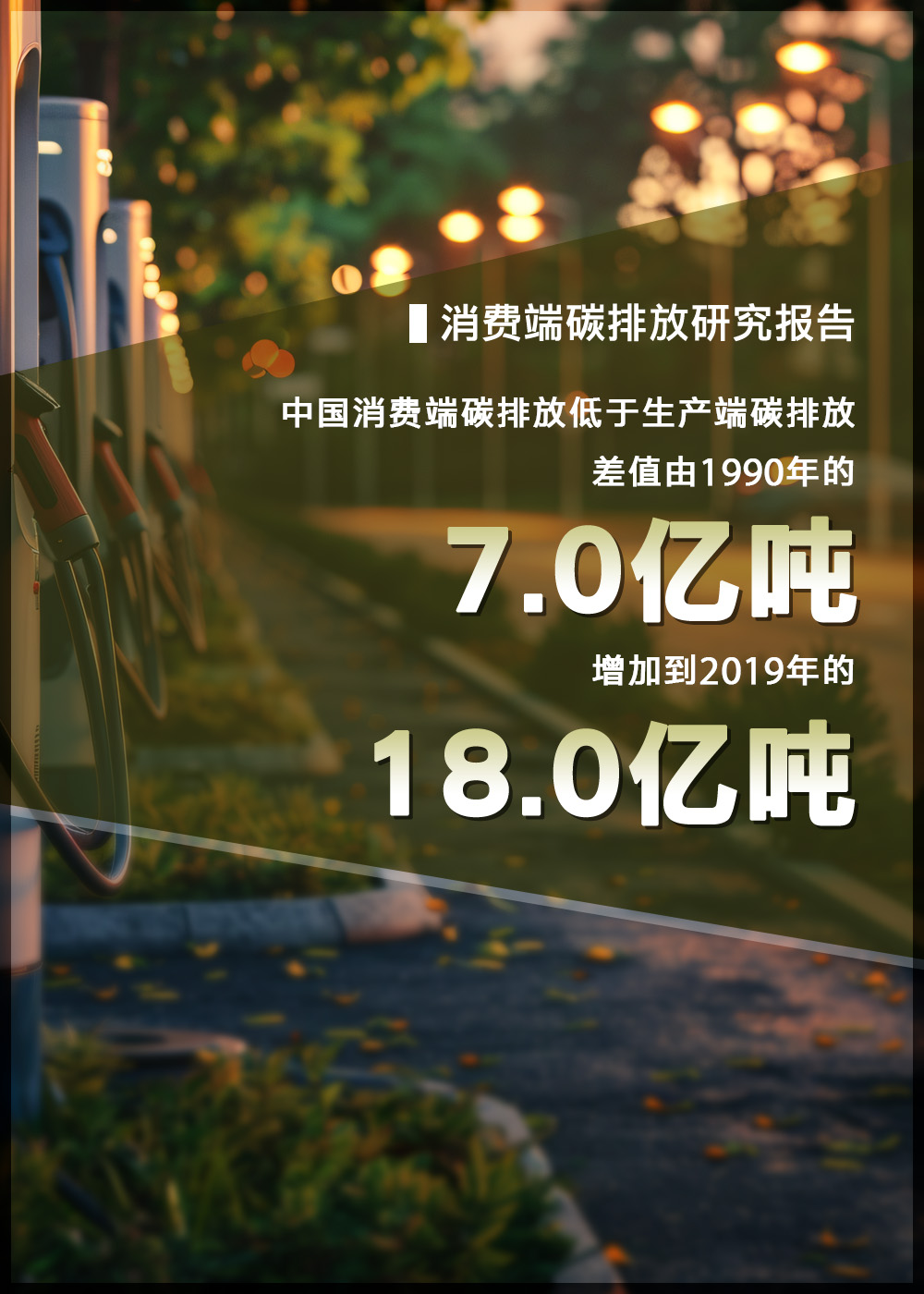
Carbon emissions from the consumption side in non-OECD countries/regions, mainly developing countries, have long been lower than those from the production side. The difference between the production and consumption sides has increased from 1.47 billion tons in 1990 to 4.17 billion tons in 2019.
The "Research Report" recommends further strengthening research on consumer-side accounting methodology, expanding the coverage of research products, and building a full-caliber carbon measurement technology system that combines "top-down" and "bottom-up" approaches, in order to obtain more in-depth, accurate and comprehensive accounting results.
The research report was led by the Shanghai Advanced Research Institute of the Chinese Academy of Sciences and co-authored by the University of Chinese Academy of Sciences, the Institute of Urban Environment of the Chinese Academy of Sciences, and Tsinghua University.
